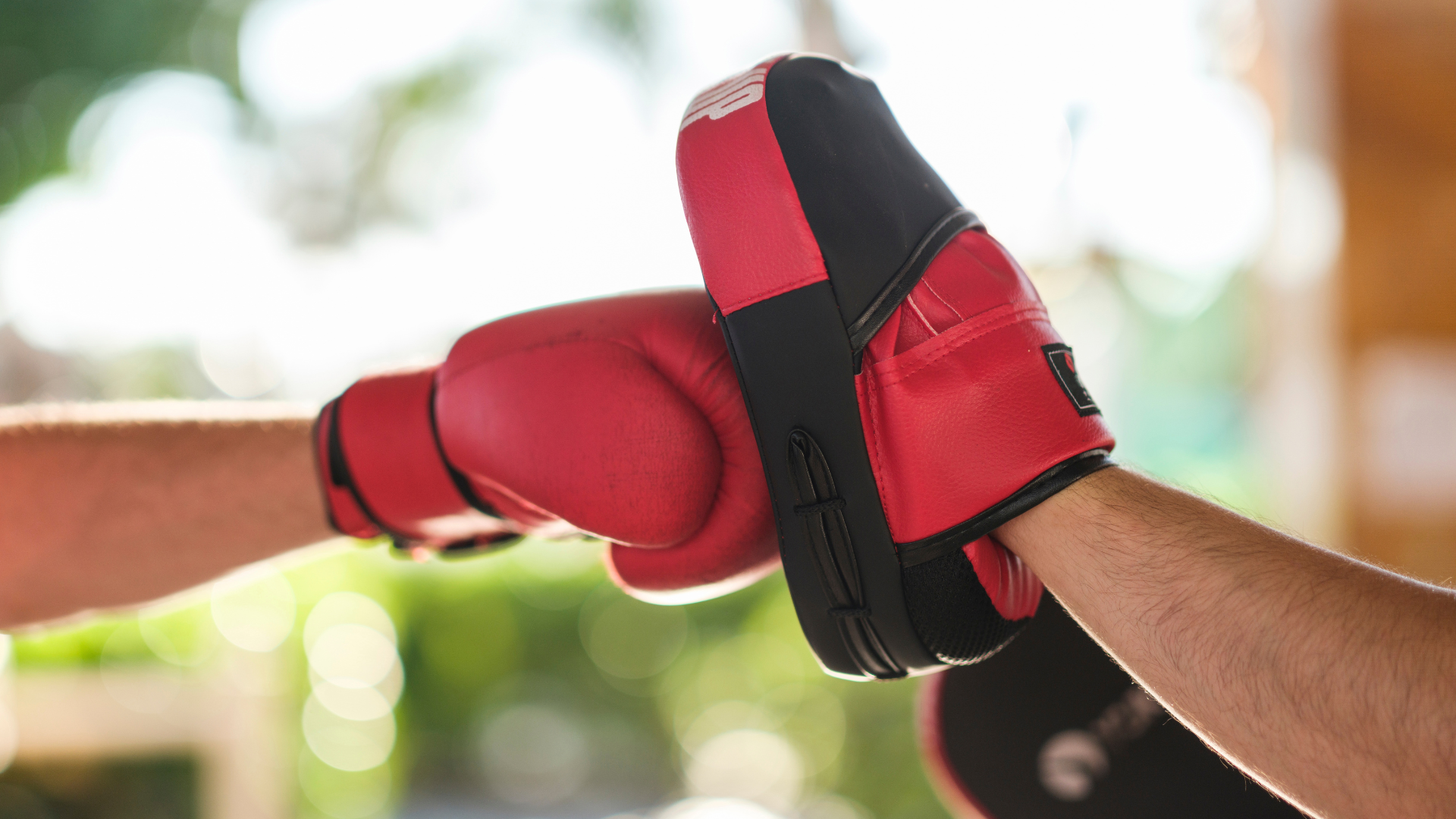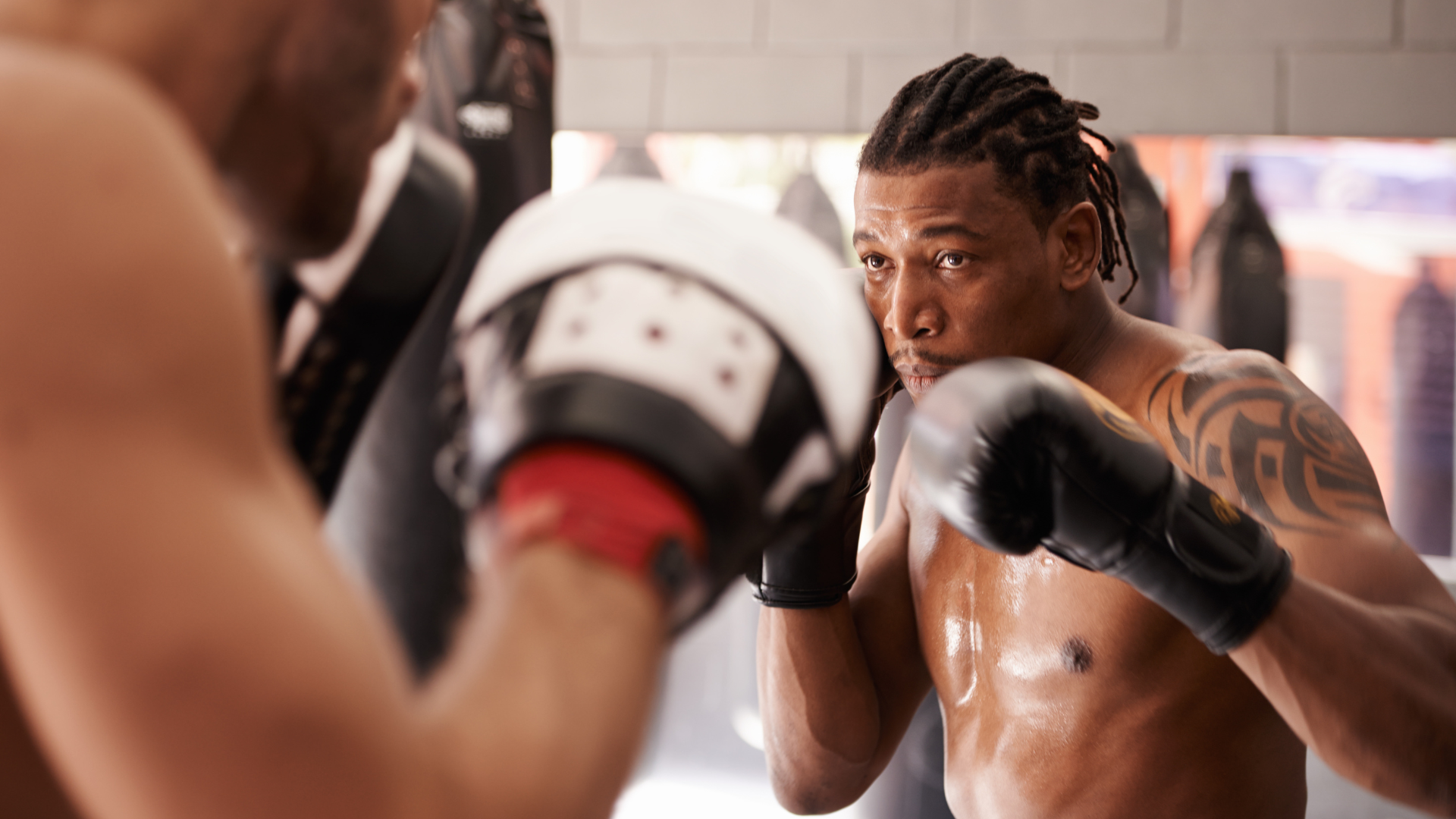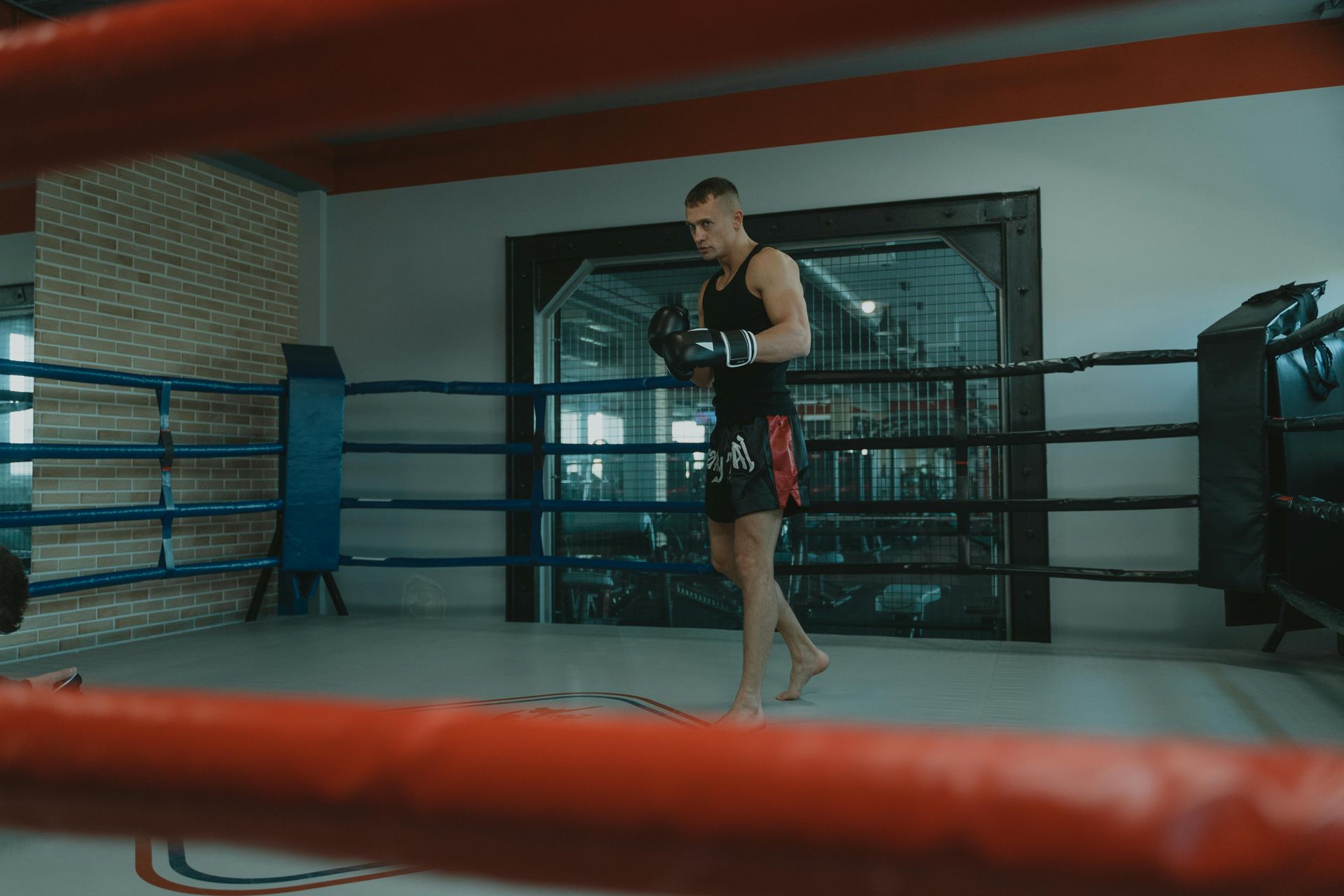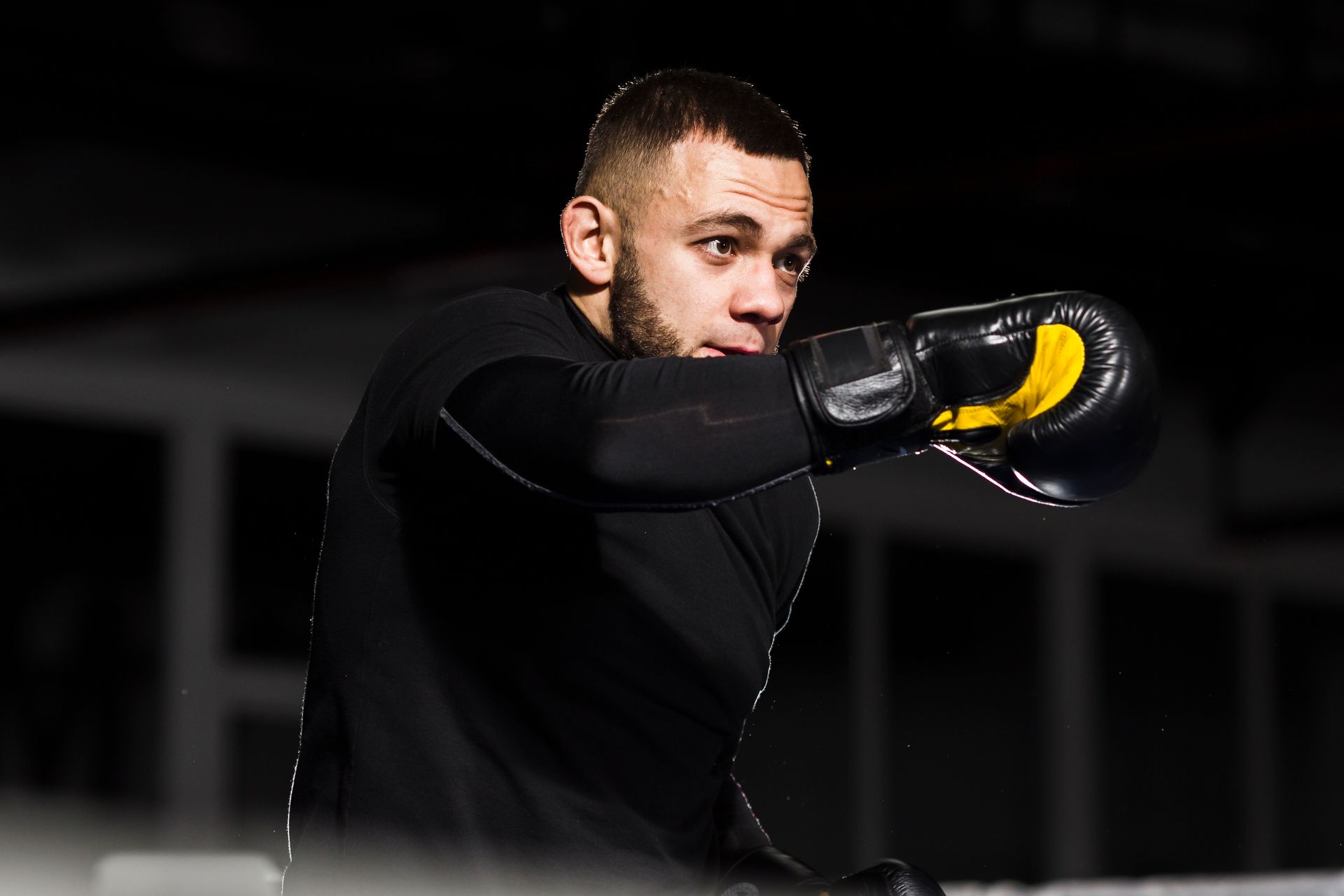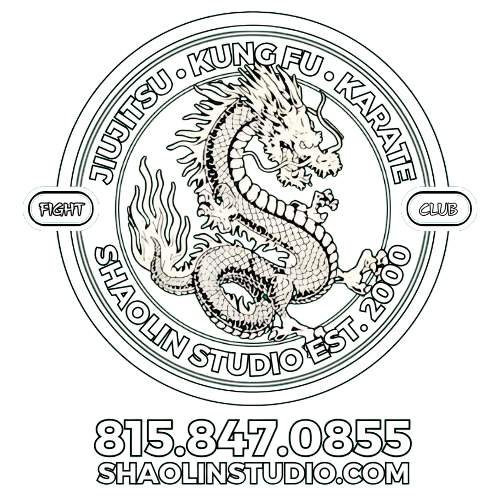The Best Recovery Methods for Boxing: How to Rebuild Stronger After Every Session
Boxing is one of the most physically demanding sports on the planet. Between the grueling sparring sessions, bag work, conditioning drills, and roadwork, your body takes a beating — even outside of the ring. That’s why recovery isn’t just something nice to do when you’re tired; it’s an essential part of getting better, staying healthy, and performing at your best. Here are the best recovery methods every boxer should have in their routine.

1. Prioritize Quality Sleep
Sleep is your number one recovery tool — plain and simple. During deep sleep, your body releases growth hormone, repairs muscle tissue, and restores energy. If you’re training hard but only sleeping 5 hours a night, you’re leaving performance on the table. Aim for 7–9 hours of quality sleep each night. Create a bedtime routine: avoid screens an hour before bed, keep your room cool and dark, and try to go to sleep at the same time each night. Think of sleep as your body’s natural anabolic phase — it’s when all the gains happen.
2. Hydration and Nutrition
Boxing drains you of fluids and electrolytes through intense sweating. Rehydration is critical for muscle function, joint health, and overall recovery. Water alone might not cut it after heavy sessions — consider adding electrolyte powders or coconut water.
When it comes to food, think of nutrition as fuel and repair material. Protein helps rebuild muscle fibers, carbohydrates restore glycogen, and healthy fats reduce inflammation. Post-training meals should include a balance of all three — for example, grilled chicken with rice and avocado. Eating within an hour after training can significantly speed up recovery.
3. Active Recovery and Mobility Work
Recovery doesn’t always mean sitting on the couch. Active recovery — like light jogging, swimming, yoga, or mobility drills — increases blood flow, delivering nutrients to sore muscles and helping flush out waste products like lactic acid.
Boxers often overlook flexibility, but mobility work helps keep joints healthy and range of motion smooth. Incorporate dynamic stretching, foam rolling, and resistance band exercises on your off days. Even a 20-minute recovery session can make your next workout feel easier and more fluid.
4. Massage and Percussion Therapy
Massage is one of the oldest and most effective recovery tools in combat sports. Whether it’s a professional sports massage or self-massage using a foam roller or massage gun, working out muscle tension helps reduce soreness and improve circulation.
Focus on tight areas like the shoulders, traps, and legs — the places that take the most stress during boxing. A quick 10-minute routine after training or before bed can make a big difference in muscle recovery and relaxation.
5. Cold and Heat Therapy
Cold therapy (like ice baths or cold showers) reduces inflammation and helps limit muscle soreness after intense sessions. It’s especially useful after sparring or conditioning days. Heat therapy — such as saunas, warm baths, or heating pads — works in the opposite way, relaxing tight muscles and improving blood flow.
Many athletes alternate between hot and cold exposure to get the best of both worlds — a method known as contrast therapy. It can help accelerate recovery and leave your body feeling refreshed.
6. Rest Days and Mental Recovery
In short: recovery is the secret weapon behind every great fighter. By sleeping well, fueling smart, staying mobile, and giving your body the care it deserves, you’ll not only perform better in the gym but also last longer in the sport. Remember — champions aren’t made just in the ring; they’re built during recovery.
